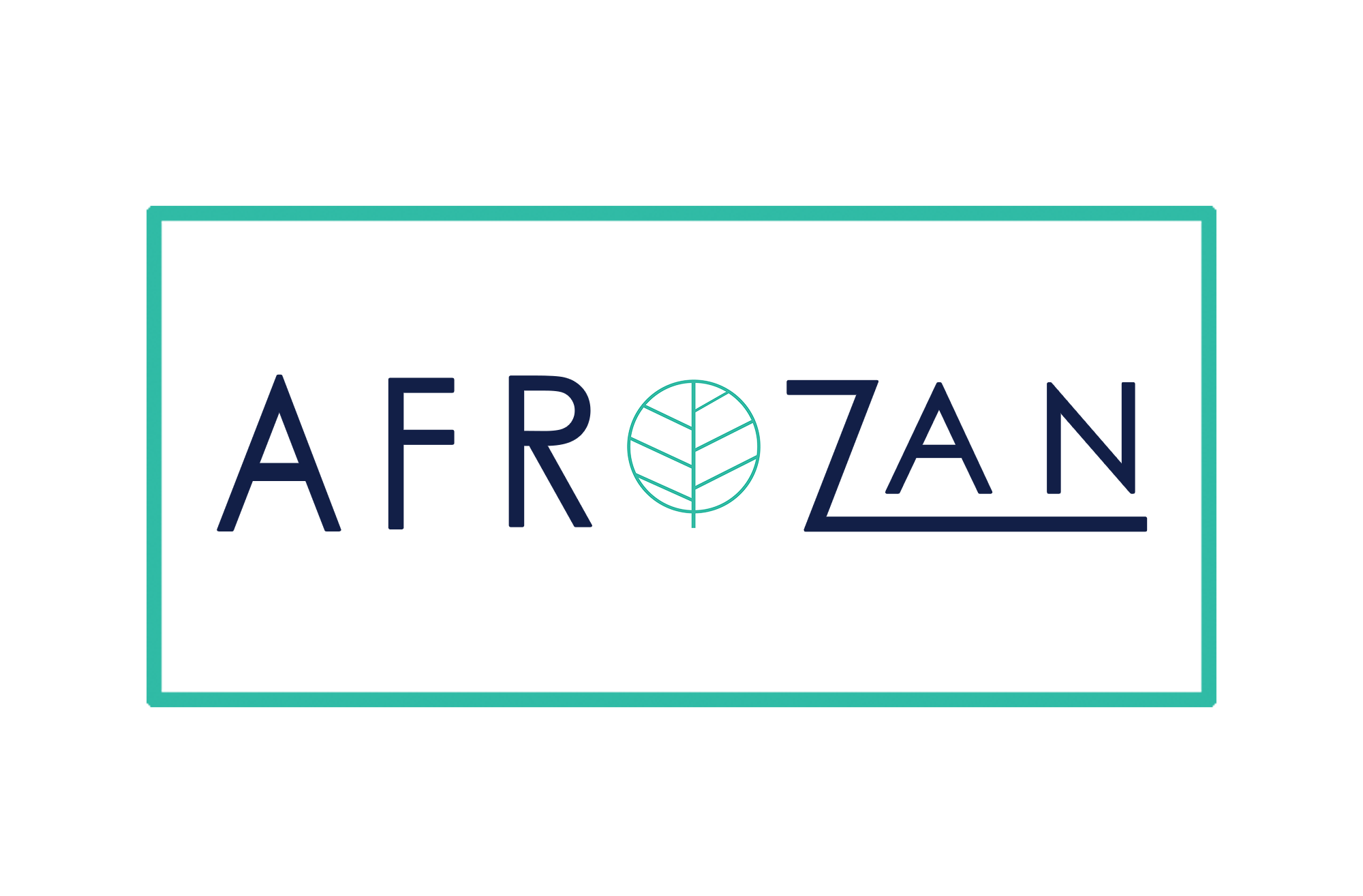How do luxury brands meet circular design?
Regarding to the previous post in this blog, there are different types of standards in the sustainability era which each of them refer to one of the aspects of this pyramid. With no doubt, one of the techniques and methodology for improving of sustainability measure in the fashion industry would be "Circular design". In this post, we focus on how luxury brands meet this aspect.
Firstly, what is circular design?
Circular design in fashion, also known as circular fashion or sustainable fashion design, is an approach to fashion that aims to create clothing and accessories with minimal environmental impact and maximum longevity. It is rooted in the principles of a circular economy, which focuses on reducing waste, reusing materials, and promoting sustainable practices throughout the entire product lifecycle.
With this short definition, we come back to our main question to see how luxury brands meet this criteria in their business.
Luxury brands are increasingly embracing circular design principles to address environmental and sustainability concerns while maintaining their exclusivity and desirability. Circular design in the context of luxury brands involves creating products, services, and business models that prioritize longevity, reusability, and minimizing waste. Here are some ways luxury brands are integrating circular design into their operations:
(Note: We can talk for hours about each of them, but I only write down the topics. The discussion in more detail will take place at a later time in another post)
- Sustainable Materials: Luxury brands are sourcing sustainable and ethical materials, such as organic cotton, recycled leather, and responsibly harvested exotic woods. They're also experimenting with innovative materials like lab-grown gemstones and sustainable alternatives to traditional luxury materials.
- Longevity and Durability: Circular design emphasizes creating products that are built to last. Luxury brands are investing in craftsmanship and quality to ensure their products can be used and cherished for generations. This approach includes repairing and restoring items to extend their lifespans.
- Modularity and Upgradability: Some luxury brands are designing products with modularity in mind, allowing customers to upgrade or repair individual components rather than replacing the entire item. This approach can extend the product's life and reduce waste.
- Resale and Second-Hand Markets: Luxury brands are embracing the resale market by partnering with platforms like The RealReal and Vestiaire Collective. This not only encourages a longer product lifecycle but also allows luxury brands to maintain control over the second-hand market of their items.
- Take-Back and Recycling Programs: Some luxury brands are implementing take-back programs, where customers can return their old items to be refurbished, recycled, or resold by the brand. The materials from these items can be repurposed for new products, reducing waste.
- Reduced Packaging/Sustainable packaging: Luxury brands are reevaluating their packaging materials to reduce waste and emissions. They are opting for more sustainable and recyclable packaging solutions.
- Sustainable Production Practices: Luxury brands are increasingly adopting eco-friendly production methods and reducing their carbon footprint. This includes using renewable energy, optimizing transportation, and reducing water consumption.
- Ethical and Transparent Supply Chains: Luxury brands are striving to ensure transparency in their supply chains and are focusing on ethical labor practices, fair wages, and safe working conditions. (where they can also obtain Fair Trade Certification)
- Collaborations and Innovation: Luxury brands are collaborating with sustainable technology companies and startups to develop innovative solutions, such as 3D printing and digital clothing. These technologies reduce waste and offer new ways to create luxury items.
- Consumer Education: Luxury brands are informing customers about the environmental impact of their products and the significance of making sustainable choices. Consumers are being encouraged to make informed decisions by them.
- Repair and Maintenance Services: Many luxury brands are offering repair and maintenance services to extend the lifespan of their products. This encourages customers to keep their items and make repairs when necessary, rather than discarding them.
- Recyclability: Luxury brands are considering the end-of-life of their products, designing items with recyclability in mind. This includes using materials that can be easily separated and recycled, as well as providing information on how to properly recycle or dispose of their products.
- Limited Editions and Exclusive Collections: Luxury brands are increasingly creating limited edition and exclusive collections, which can generate higher demand and desirability for their products, making them less likely to be discarded after a short period.
- Sustainable Practices in Supply Chains: Luxury brands are also addressing sustainability in their supply chains by working with suppliers who adhere to ethical and eco-friendly practices.
Luxury brands are adapting to the changing consumer landscape and regulatory pressures by incorporating circular design principles into their business strategies. While they still offer premium and exclusive products, they are aligning with sustainability goals to address the growing demand for eco-conscious luxury options.


